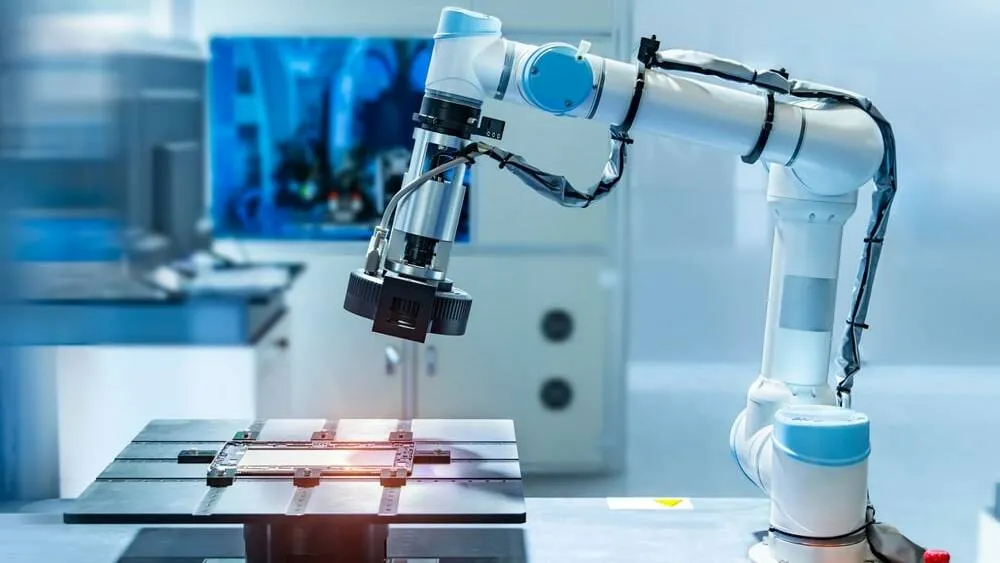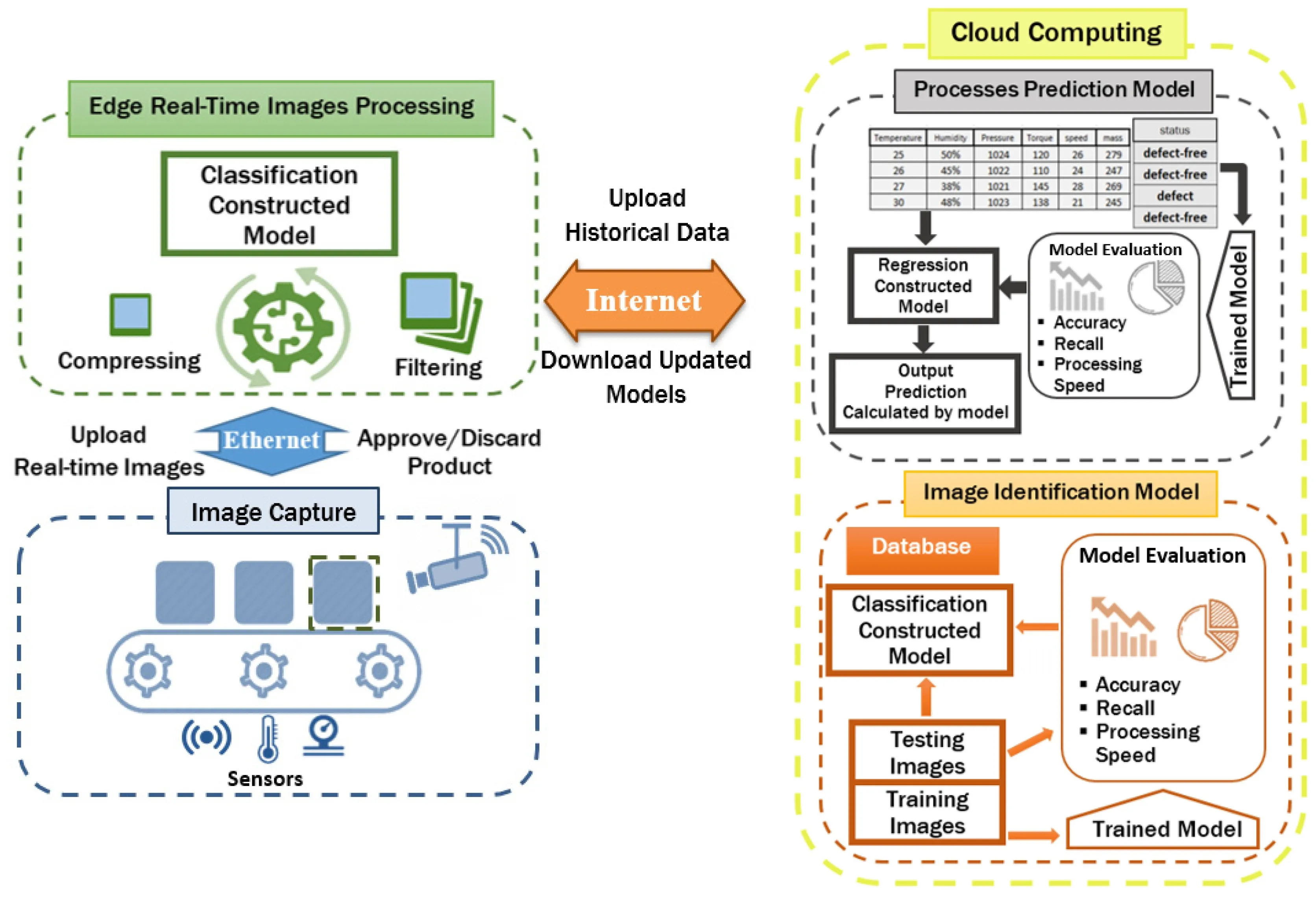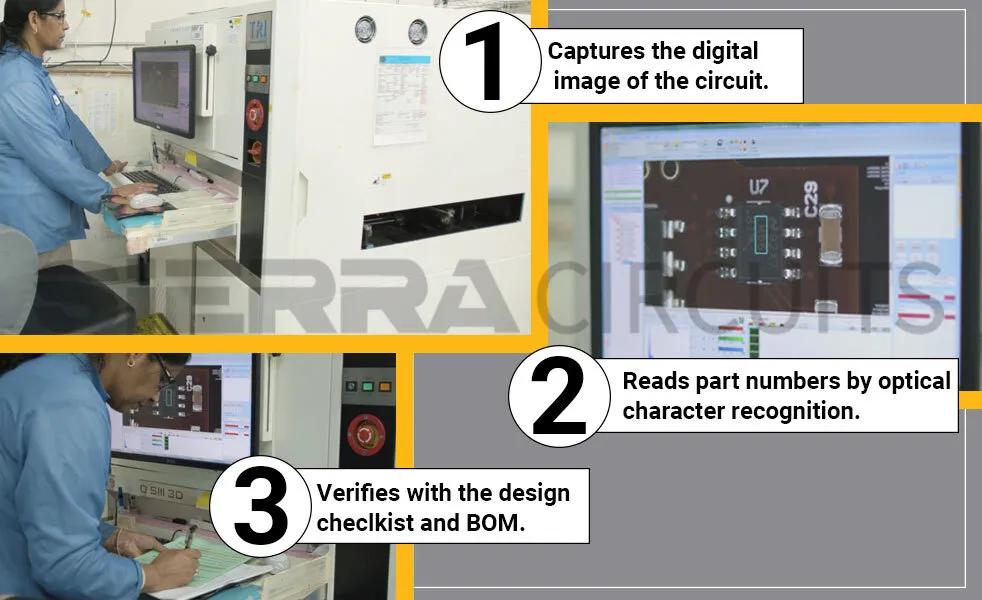
How Automated Inspection Machinery Improves Manufacturing Quality
In the competitive landscape of modern manufacturing, maintaining high product quality is not just an objective—it's a necessity for survival and growth. The integration of automated inspection machinery has revolutionized quality control processes, enabling manufacturers to achieve unprecedented levels of precision, efficiency, and consistency. This article explores the pivotal role of automated inspection systems in enhancing manufacturing quality across various industries.
The Evolution of Quality Control: From Manual to Automated
Traditional manual inspection methods, reliant on human vision and judgment, are inherently prone to errors, fatigue, and subjectivity. These limitations often result in inconsistent quality assessments, leading to defective products reaching the market, recalls, and brand damage. Automated inspection machinery, leveraging advanced technologies like computer vision, artificial intelligence (AI), and robotics, has emerged as a superior alternative, offering objective, high-speed, and reliable quality assessments.

Key Technologies Powering Automated Inspection
Automated inspection systems utilize a suite of sophisticated technologies to detect defects and ensure compliance with stringent quality standards.
Machine Vision Systems
At the core of most automated inspection systems are machine vision cameras and sensors. These systems capture high-resolution images of products and use specialized software to analyze them for flaws such as cracks, discolorations, dimensional inaccuracies, and surface imperfections. Unlike the human eye, machine vision systems can detect micron-level defects at incredible speeds.
Artificial Intelligence and Machine Learning
AI and machine learning algorithms enhance the capabilities of inspection systems by enabling them to learn from data. Over time, these systems become smarter, improving their accuracy in identifying complex and subtle defects that might be missed by pre-programmed rules. They can also adapt to variations in products without needing constant reprogramming.
Robotics and Automation
Robotic arms are often integrated with vision systems to handle and manipulate products for inspection from multiple angles. This allows for comprehensive 360-degree checks, ensuring no part of the product is left unexamined.

Tangible Benefits for Manufacturing Quality
The implementation of automated inspection machinery delivers a multitude of direct benefits that significantly uplift overall manufacturing quality.
| Benefit | Description | Impact on Quality |
|---|---|---|
| Enhanced Accuracy & Precision | Eliminates human error and subjectivity in detection. | Drastically reduces escape of defects (False Negatives). |
| Superior Speed & Throughput | Inspects hundreds or thousands of parts per minute. | Enables 100% inspection without bottlenecking production lines. |
| Unmatched Consistency | Performs the same task identically, 24/7, without fatigue. | Ensures every product meets the exact same quality standard. |
| Data-Driven Insights | Collects and logs vast amounts of inspection data. | Provides actionable analytics for continuous process improvement. |
Reducing Defects and Costs
By catching defects early in the production process, automated inspection prevents the costly practice of adding value to a defective component. This reduces scrap, rework, warranty claims, and associated costs, directly improving the bottom line.
Enabling 100% Inspection
While manual inspection is often limited to statistical sampling (checking only a batch sample), automated systems can realistically inspect every single unit produced. This is critical in industries like medical devices or aerospace where a single failure can have severe consequences.
Implementation Across Industries
The application of automated inspection is vast and varied, demonstrating its versatility and critical importance.
- Automotive: Checking for weld quality, panel gaps, and paint defects.
- Electronics: Verifying component placement on PCBs, soldering quality, and detecting micro-cracks.
- Pharmaceuticals: Inspecting packaging for correct labeling, pill counting, and checking for contaminants.
- Food and Beverage: Identifying foreign materials, checking fill levels, and monitoring packaging integrity.

Conclusion: The Future of Quality Assurance
Automated inspection machinery is no longer a luxury but a fundamental component of modern smart factories and Industry 4.0 initiatives. By providing unmatched levels of accuracy, speed, and data, these systems empower manufacturers to achieve near-zero defect rates, ensure customer satisfaction, and maintain a strong competitive advantage. As technology continues to advance, we can expect these systems to become even more intelligent, autonomous, and integral to the manufacturing ecosystem, continually pushing the boundaries of what is possible in quality assurance.
